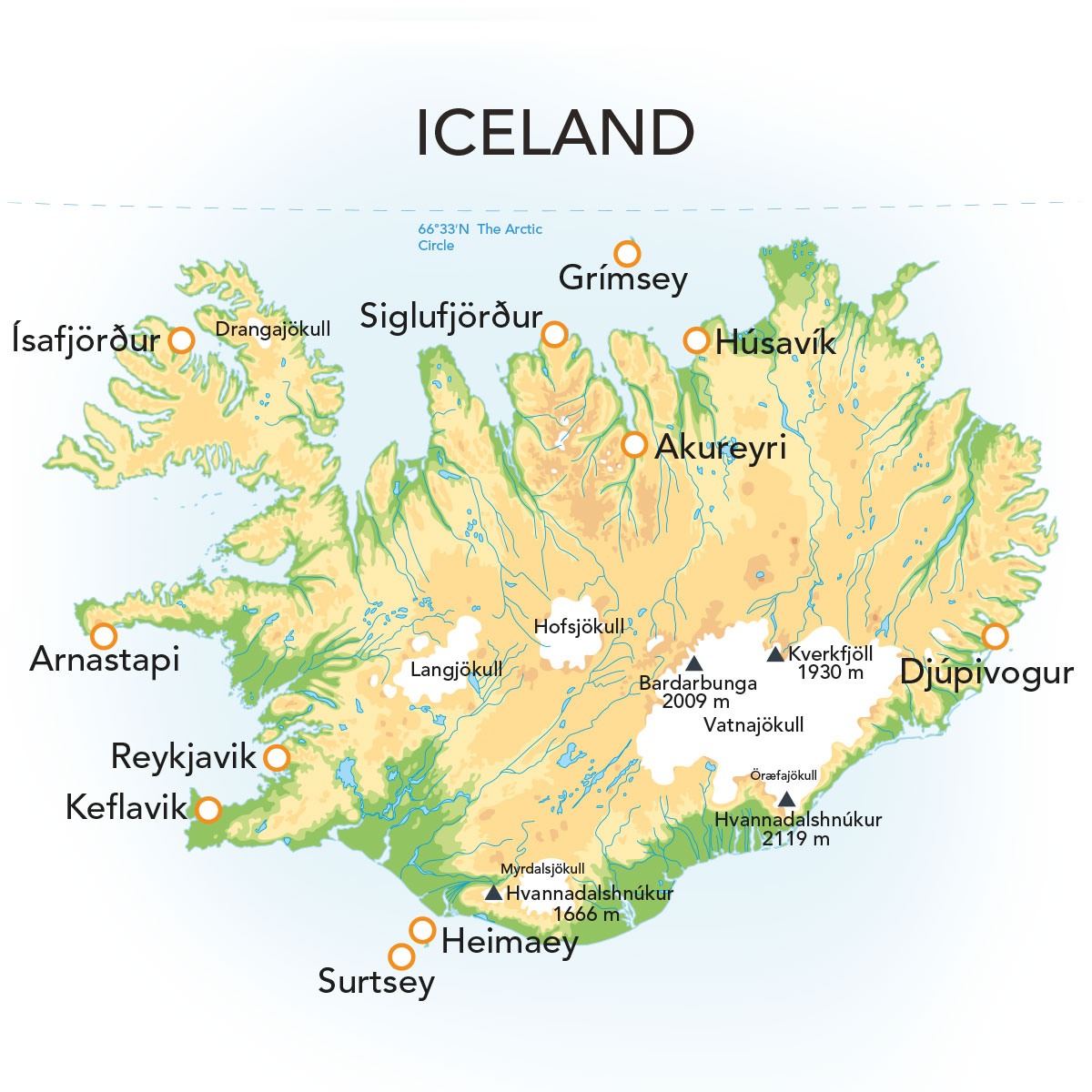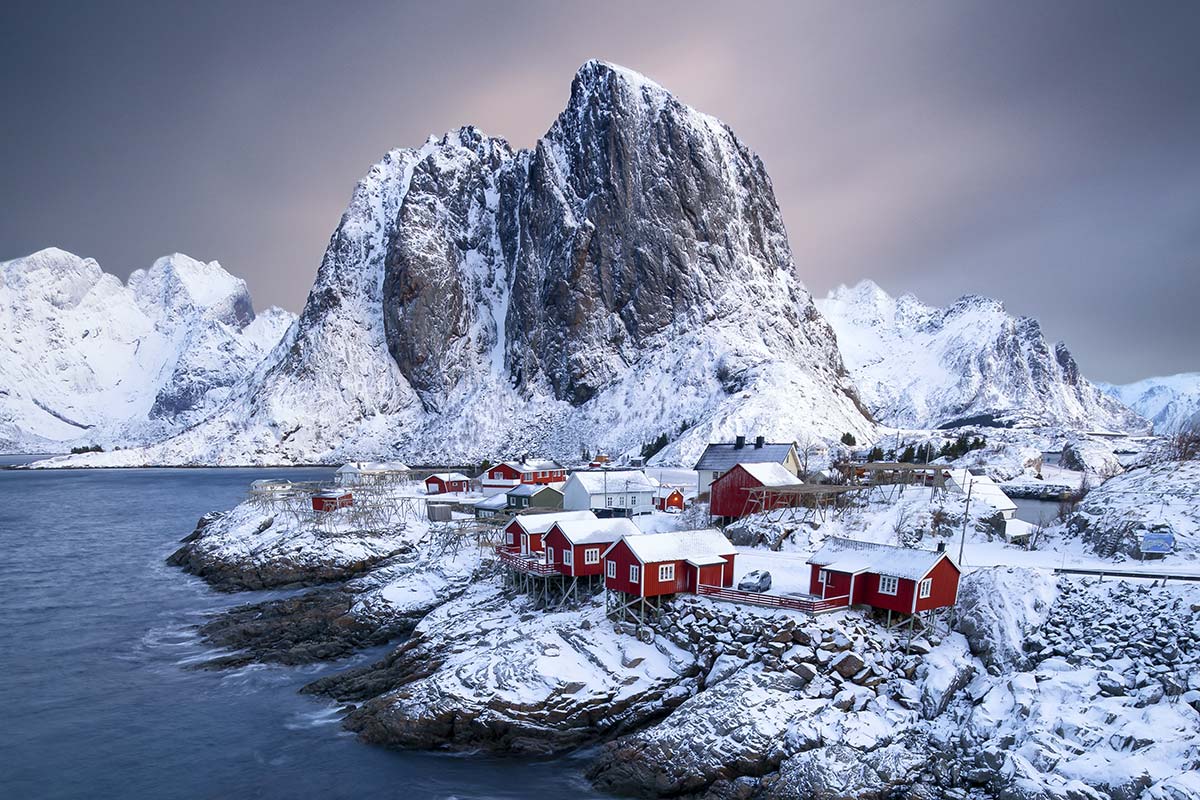Iceland
A Land of Stark Beauty and Viking Lore
Iceland is a Nordic island country in the North Atlantic Ocean and the most sparsely populated country in Europe. Iceland’s capital and largest city is Reykjavík. Reykjavík and the surrounding areas in the southwest of the country are home to over two-thirds of the country’s population. Iceland is the only part of the Mid-Atlantic Ridge that rises above sea level, and its central volcanic plateau is erupting almost constantly.
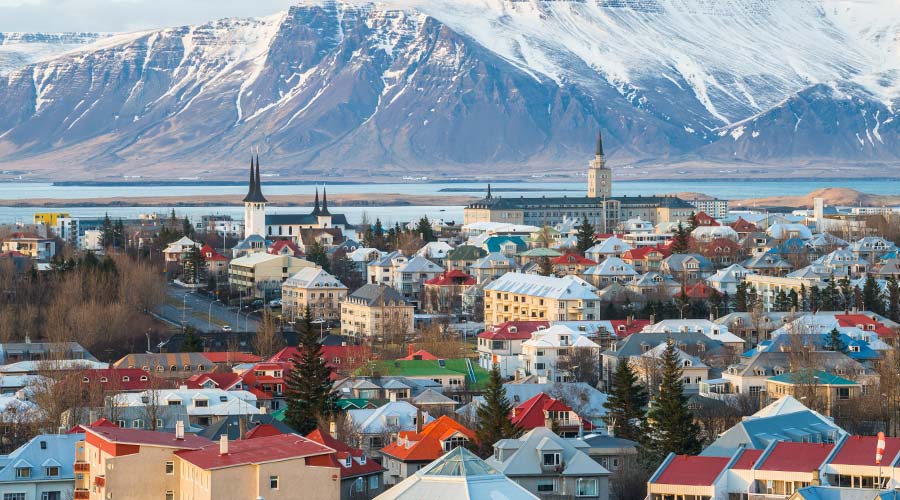
Vikings, Fueds, and Independance
According to the ancient saga Landnámabók, the settlement of Iceland began in 874 AD when the Norwegian chieftain Ingólfr Arnarson became the first permanent settler on the island (although Irish monks known as the Papar may have existed there centuries prior). Following Arnarson’s arrival, many settlers from Scandinavia arrived in Iceland, often bringing Gaelic slaves from Scotland and Ireland. By 930 AD, the settlers had established the Althing, one of the world’s oldest functioning parliaments, signifying the island’s early embrace of governance and law.
Iceland’s medieval history is best captured in its sagas—epic tales of Viking exploration, feuds, and heroism. Iceland came under Norwegian rule in the 13th century and later under Danish rule, yet the Althing continued to function, and Iceland retained a strong sense of independence.
In 1944, Iceland finally declared full independence from Denmark and established itself as a republic. Today, Iceland is a leading country in terms of renewable energy, harnessing its natural geothermal and hydropower resources, and is one of the most peaceful and democratic nations in the world.
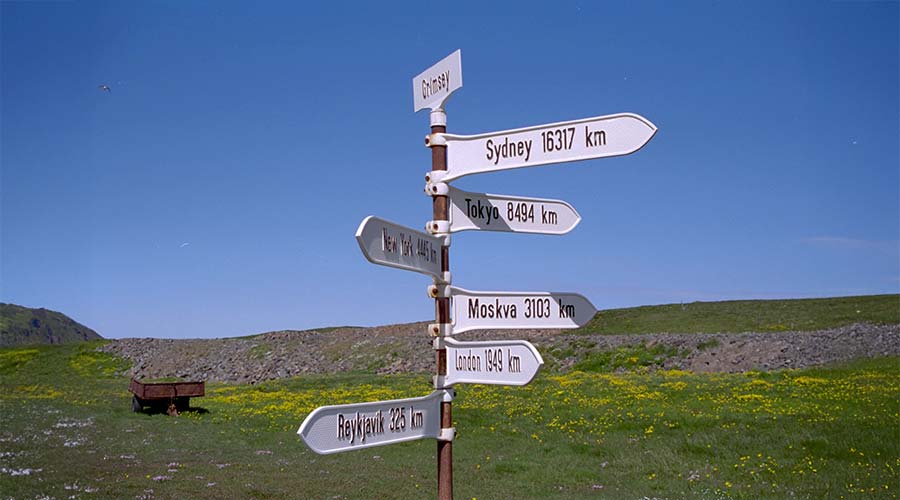
Standing on the Arctic Circle
Iceland is at the juncture of the North Atlantic and Arctic Oceans, and its mainland is entirely south of the Arctic Circle, which passes through the small Icelandic island of Grímsey off the main island’s northern coast. On Grímsey visitors can stand on the Arctic Circle itself! The country lies between latitudes 63 and 68°N, and longitudes 25 and 13°W. Geologically, Iceland lies on both the Eurasian and North American tectonic plates; visitors can even walk through the rift between the continents! Many fjords and rivers punctuate Iceland’s 4,970 km-long (3,088-mi) coastline, and as might be expected, Iceland holds a vast number of glaciers.
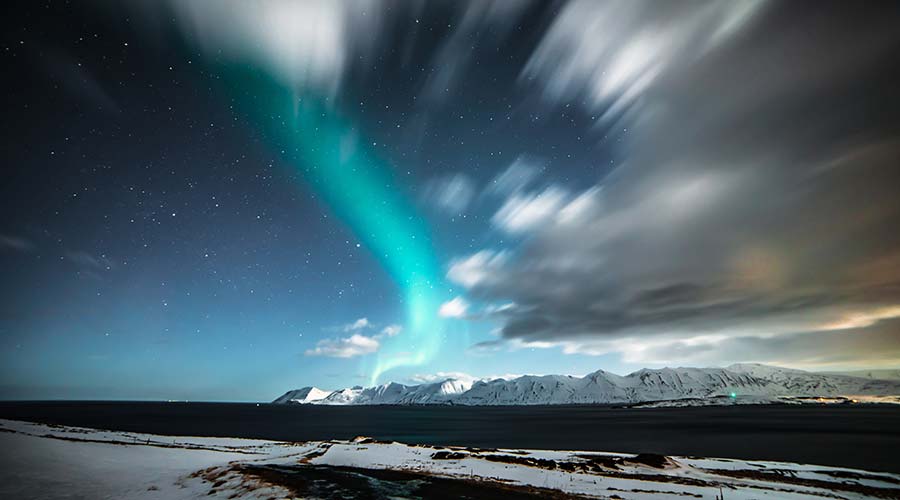
Today’s Forecast: Uncertain
Visitors should expect to experience a wide variety of weather in Iceland – wind, rain, and sun can all occur within the same hour; sometimes all together! The southwest of the country is slightly warmer, wetter, and windier than the northern and eastern regions. Coastal areas of the country have a subpolar maritime climate (similar to areas such as Tierra del Fuego and southeast Alaska), while the interior exhibits a cold tundra climate.
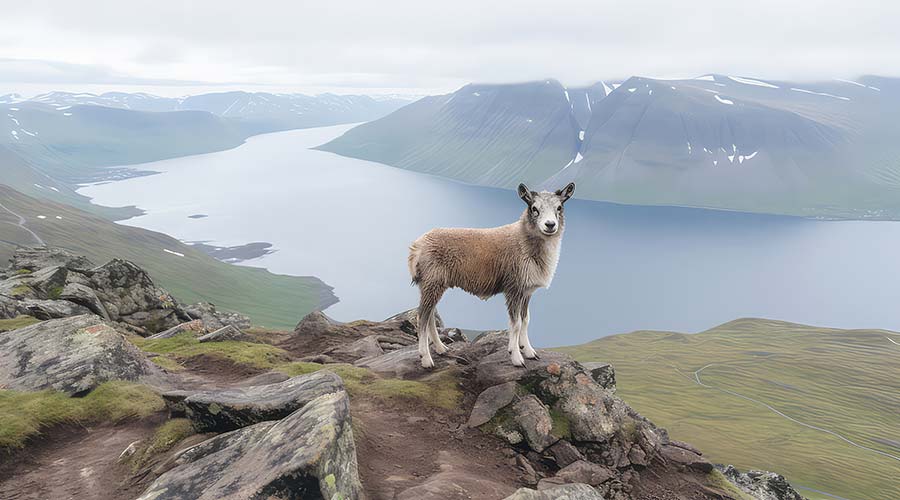
Nature and Wildlife
Iceland is a land of stark beauty, where volcanic landscapes meet icy fjords and wildlife thrives in some of the most intense environments on Earth, both on land and in the surrounding waters. While the land mammal population is limited, the Arctic fox, as the only native land mammal, has adapted remarkably. Other mammals, such as reindeer and sheep, were introduced by humans. Iceland’s surrounding waters are rich in marine life, making it one of the best places in the world for whale watching, with humpback whales, minke whales, blue whales, and the occasional orca within sight. Seals, including harbor seals and grey seals, are also abundant. And the Atlantic puffin, with its distinctive appearance, is a particular highlight.
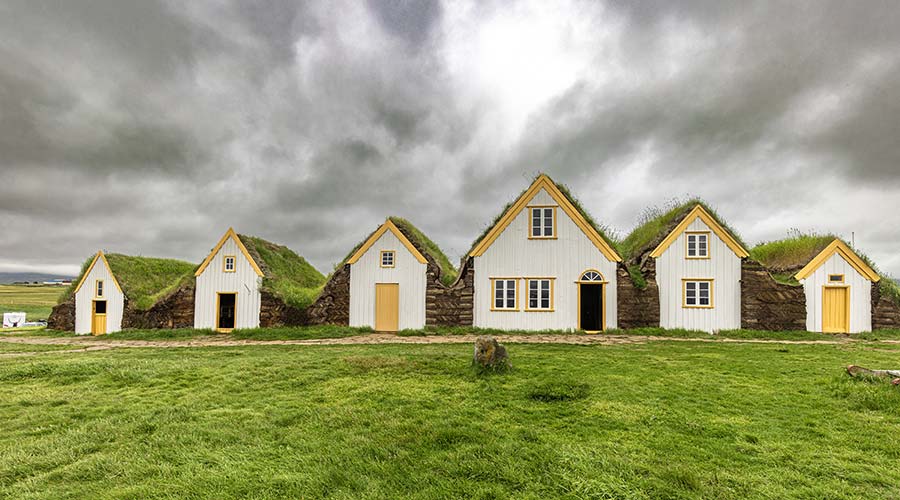
Population
Iceland is the most sparsely populated country in Europe, with a population of around 371,580 people, most of whom live in the capital city of Reykjavík and the surrounding southwest regions.
The population is predominantly of Norse and Gaelic descent, reflecting the island’s Viking history. Icelandic culture remains deeply rooted in these origins, particularly in its language. Modern Icelanders are known for their strong community spirit and progressive policies, especially concerning green energy, social equality, and LGBT+ rights. Iceland’s population is also known for its high literacy rate and a love for literature, particularly their medieval sagas, which are an integral part of the national heritage.
Expeditions to Iceland
Lorem ipsum dolor sit amet, consectetur adipiscing elit. Vestibulum sed dui purus. In tempor felis nec justo congue consectetur. Pellentesque imperdiet venenatis justo ut scelerisque. Suspendisse ex nulla, vulputate ut dapibus in, dignissim in sem.

